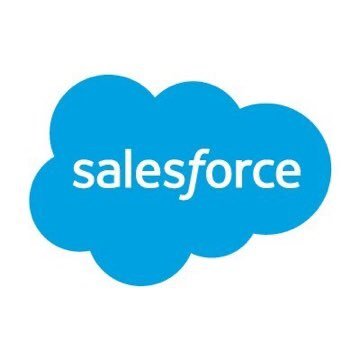
Salesforce AI Engineer Behavioural Interview Template
This behavioural interview evaluates how an AI Engineer aligns with Salesforce’s core values—Trust, Customer Success, Innovation, Equality, and Sustainability—while delivering AI features (e.g., Einstein, Data Cloud, Tableau/Slack integrations) in an enterprise, highly regulated, multi-tenant environment. Format (60 minutes): 1) Warm-up and context (5 min); 2) Deep-dive STAR stories (35–40 min) focused on cross-functional execution, data ethics, and customer impact; 3) Values/ethics hypotheticals (10 min) grounded in Responsible AI and data governance; 4) Candidate questions (5 min). Focus areas and what good looks like: - Trust & security mindset: Demonstrates privacy-by-design, secure-by-default decisions, partnership with Legal/Security, handling of PII/regulated data, and incident ownership with clear communication. - Customer success & enterprise impact: Frames work via tangible customer outcomes, balances product velocity with quality, manages escalations, and navigates complex stakeholder landscapes (PM, Architects, Trust, Sales, CSG). - Responsible/ethical AI: Anticipates bias, fairness, and transparency risks; designs evaluations and mitigations; understands model/feature guardrails and data minimization; aligns with Salesforce’s Ethical AI guidelines. - Cross-cloud collaboration: Coordinates across Sales/Service/Marketing/Commerce, MuleSoft, Tableau, and Slack; unblocks dependencies and drives alignment across time zones and functions. - V2MOM-driven prioritization: Connects decisions to Vision, Values, Methods, Obstacles, and Measures; makes trade-offs explicit; manages ambiguity and changes in scope. - Release excellence: Plans around Salesforce’s tri-annual release cadence (Spring/Summer/Winter), de-risking GA timelines with staged rollouts, pilot customers, and robust telemetry. Example prompts the interviewer may use: - Tell me about a time you shipped an AI/ML feature that raised privacy or fairness concerns. How did you assess risk, involve stakeholders, and decide on mitigations? - Describe a customer escalation related to model quality or drift. What signals did you monitor and how did you restore trust? - Give an example where you influenced without authority across product, data, and platform teams to deliver on a V2MOM priority. - Walk me through a decision where you traded model performance for transparency, cost, or latency to meet enterprise requirements. - How have you used Slack/Docs/RFCs to drive clarity and accountability across distributed teams? Evaluation rubric (scored across stories): 1) Trust & ethics judgment; 2) Customer impact and empathy; 3) Collaboration and influence; 4) Ownership and resilience; 5) Learning mindset (e.g., Trailhead/upskilling) and innovation. Candidates are encouraged to prepare 3–4 STAR stories that map to these themes, reference measurable outcomes, and show awareness of release cadences, data governance, and stakeholder alignment.
60 minutes
Practice with our AI-powered interview system to improve your skills.
About This Interview
Interview Type
BEHAVIOURAL
Difficulty Level
4/5
Interview Tips
• Research the company thoroughly
• Practice common questions
• Prepare your STAR method responses
• Dress appropriately for the role